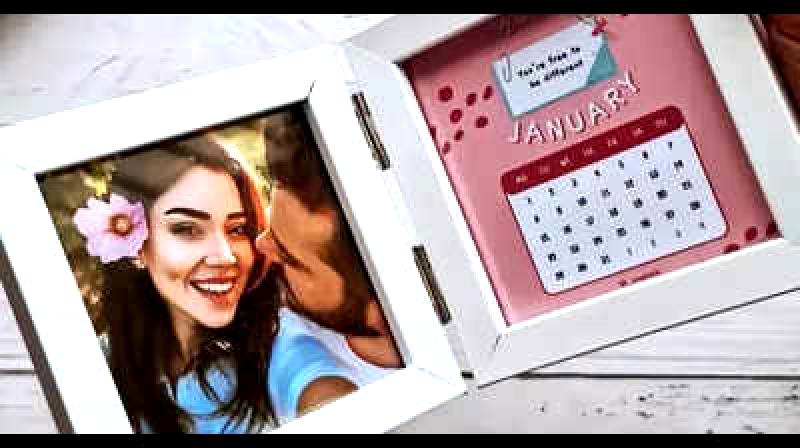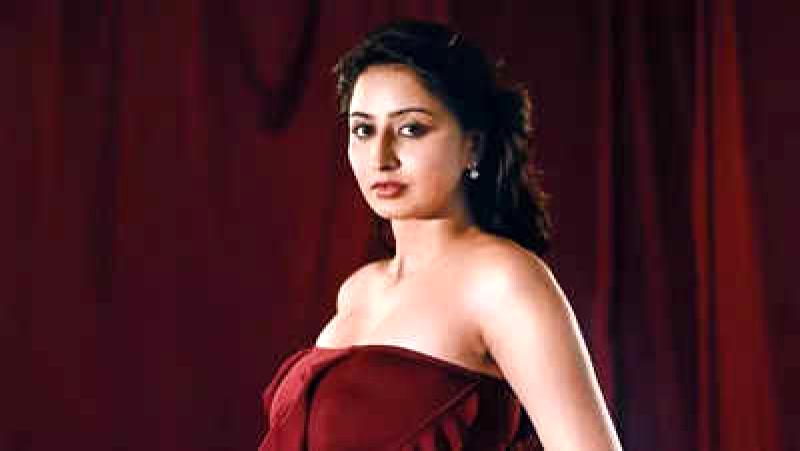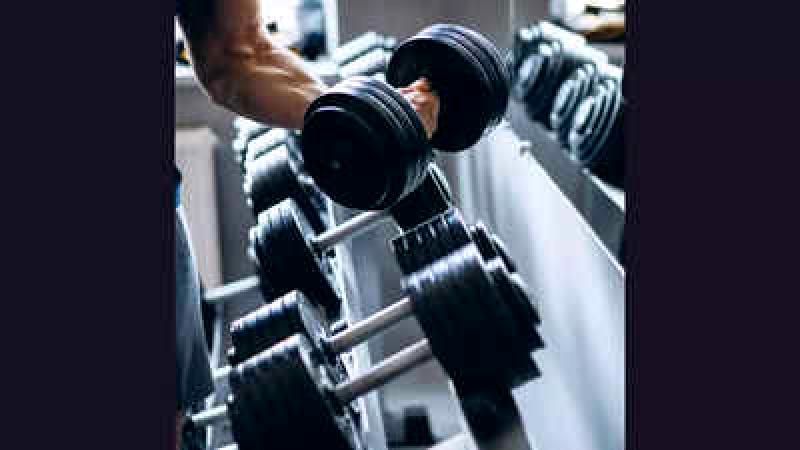
While they are celebrated as 'sheroes' on screen, women in the Kannada film industry continue to struggle to establish their presence and assert their voice in the industry. Despite receiving recognition for their acting, costumes, makeup, and hairstyles, the women behind the scenes face challenges in accessing basic resources such as washrooms on film sets. Pay equity remains a significant issue. The industry has evolved over the last decade with a significant increase in the number of women on sets, including stylists, choreographers, and cinematographers. However, the industry infrastructure still primarily caters to men, reflecting a lack of inclusivity. Women in the industry face everyday sexism as they navigate their careers. Some women choose to adapt and hope for a better future, while others opt to work independently.
The patriarchal system marginalizes female technicians like makeup artists. The makeup industry is predominantly controlled by male 'makeup dadas', and even the makeup artist association is male-dominated. Women are often belittled by men who believe they are superior due to their generational experience. Making only ₹2,000-3,000 per day when working through the association, female makeup artists earn significantly more, around ₹15,000-20,000, when working independently. Although female leads may request specific makeup artists, women are still required to work 'alongside' men appointed by the association. This arrangement can lead to uncomfortable situations, such as female artists working in the trailers while male assistants handle tasks on set, like adjusting outfits or applying makeup.Actresses like Vydurya Lokesh and make-up artistes are often only hired for smaller projects, according to a screenplay writer. When approaching producers with a script, the writer encounters a common question: "Is this a women-centric film?" There is a prevalent misconception that women are limited to certain genres such as low-budget or non-commercial films. Producers sometimes suggest adding a male director's name to a project to attract more viewers, believing that a woman's name alone may not draw audiences. The writer also shares experiences of gender bias in the industry, including instances of unequal pay and doubts about women's capabilities. Manasa Sharma, a screenwriter and associate director, emphasizes the need for fundamental changes in the industry to address these issues. Similarly, a stylist recounts challenges faced on set, including lack of access to basic facilities during long shoots and feeling marginalized when requesting necessities. Despite some progress towards inclusivity in the industry, there is still a lack of support for women's basic needs. The stylist questions whether the industry truly accommodates women after integrating them. Tejaswini Anjan Kumar expresses disappointment in the industry's failure to provide essential support, with some actresses hesitant to advocate for their teams out of fear of repercussions.More female voices need to be heard, says voiceover artist Sparsha RK. Disparity can be seen in the lack of speaking roles for women in films, leading to fewer opportunities for female dubbing artists compared to their male counterparts. The lack of women-centric films and solo songs featuring women further highlights the need for more female representation on screen.











